According to advertising messages from device manufacturers and individual medical practices, facelifts can be performed non-surgically using lasers and other heating devices such as high frequency ultrasound. Heat generating or thermal energy devices can be used in cosmetic medicine, but it is critical to understand the limitations of these technologies and how they compare to other types of procedures. It is also critical to recognize the potentially harmful effects of excessive heat on the skin.
I perform surgical facelifts ranging from mini lifts to deep plane facelifts. I also have a number of laser and thermal energy delivery devices, including a fractional CO2 laser, long pulse 1064 YAG laser, Erbium laser, Q Switch laser, and Pelleve radiofrequency. Other non-surgical facial rejuvenation treatments I offer include platelet-rich plasma or PRP to improve skin quality; as well as fillers to improve facial volume in areas affected by genetics and facial aging, such as the lips, chin, cheeks, and jawline.
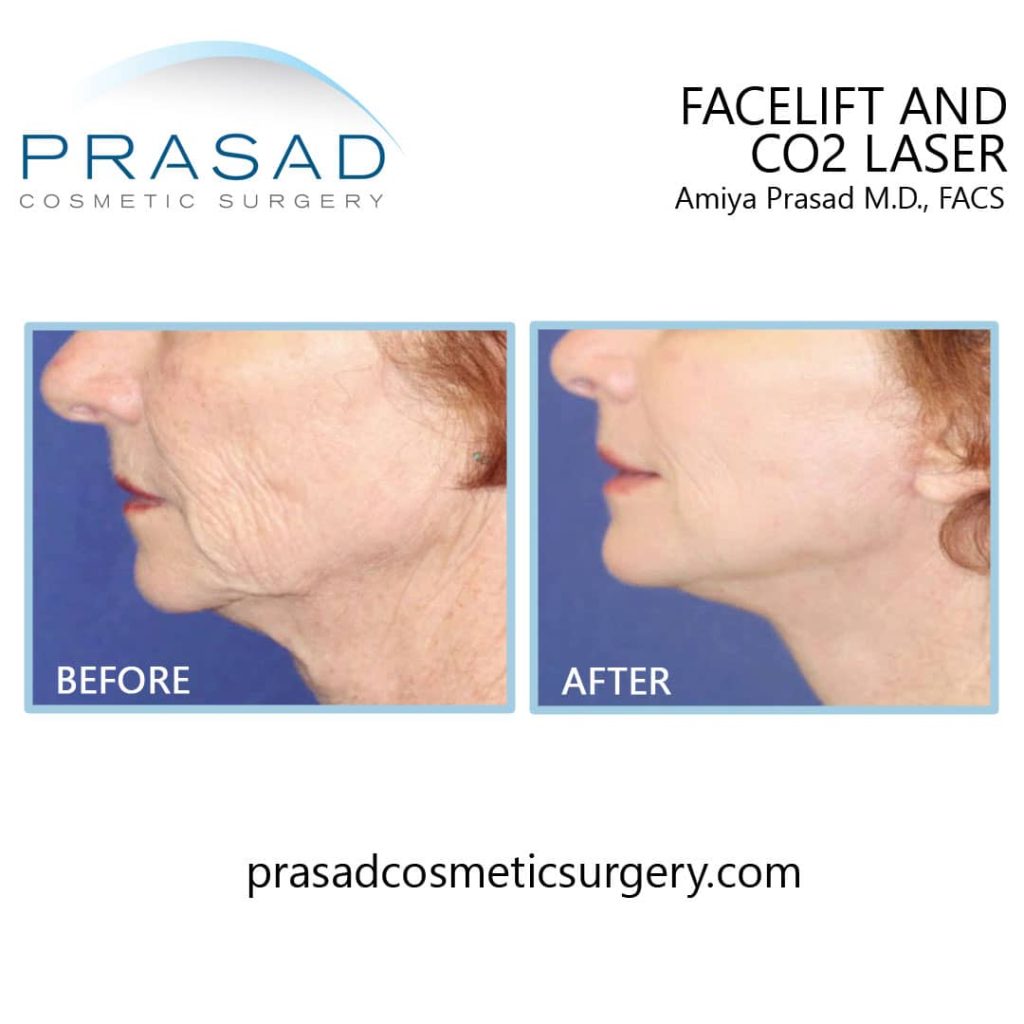
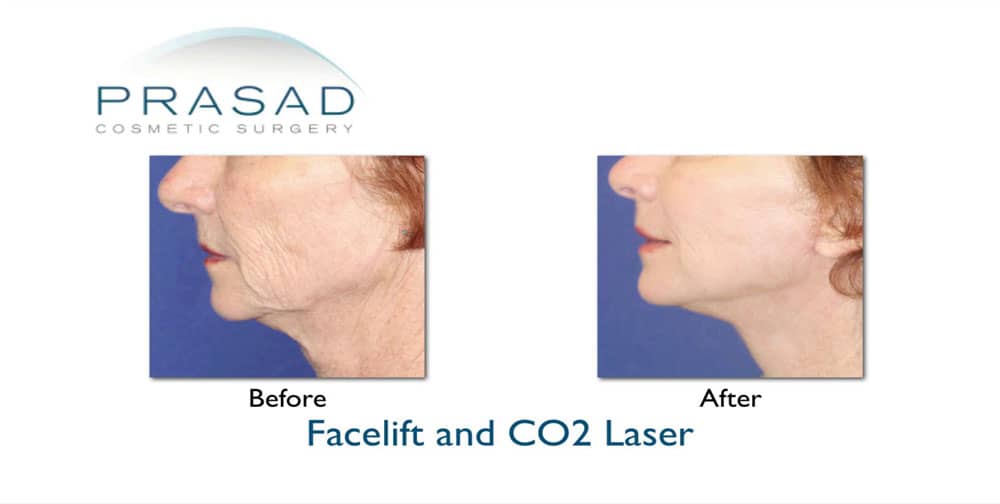
How Laser Facial Treatment Works?
Lasers and other thermal devices can tighten, and improve the skin in a variety of ways. Thermal devices’ heat can cause the skin to contract, which can help improve issues like lines and wrinkles. Thermal devices operate on a controlled injury model, in which heating the skin to specific temperatures stimulates the body’s production of collagen in response to injury.
Collagen is the protein that gives skin its foundational strength and contributes to the appearance of youthful, smooth skin. The top layer of skin can be partially removed with partial ablation, also known as fractionated laser treatment, to allow for the formation of a new, fresh layer of epidermis. Without any ablation or downtime, lasers such as the Q-Switch can tone the skin and stimulate collagen. In our practice, we use a long pulse 1064 YAG laser technology, which can raise skin temperature to induce fat reduction on the face and body.
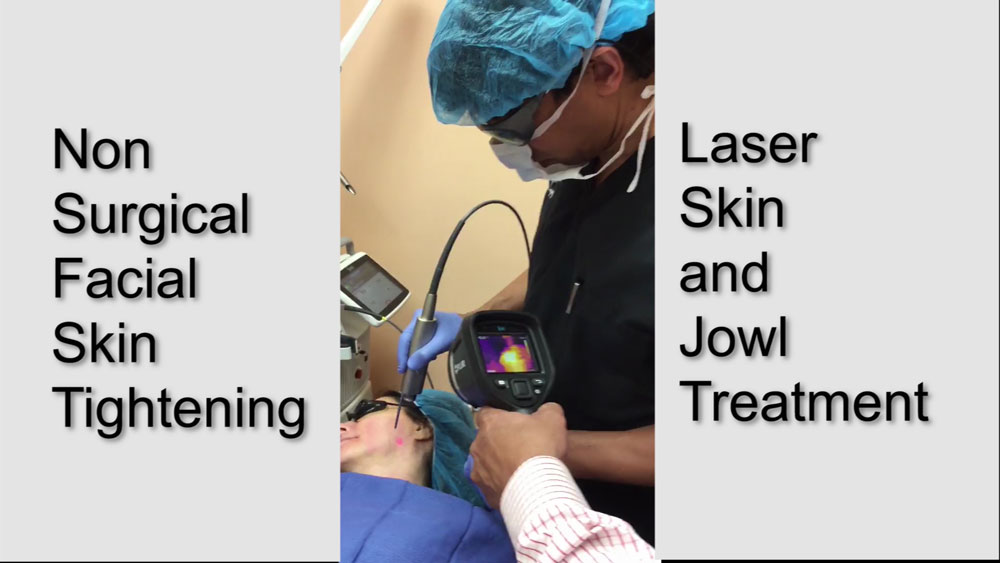
As effective as these devices may be, they cannot lift the skin as effectively as a facelift. In my opinion, aggressive marketing by celebrities promoting non-surgical facelifts using devices as their beauty secret is deceptive, and potentially harmful. People seek laser procedures or thermal treatments to achieve the same look as a celebrity endorser, or the results of a facelift without undergoing surgery. Just because a celebrity claims to use a specific device. it does not imply that their appearance is the result of only using the promoted device, as it’s more likely that the celebrity has had a facelift, eyelid surgery, and cosmetic fillers.
Are There Side Effects of Laser Treatment?
There is a significant potential risk to your skin’s health when people want results from a thermal device that a celebrity endorser actually got from multiple unrelated procedures, including surgical lifting. If a patient receives more aggressive skin-lifting treatment, they may literally cook the fat layer beneath the skin, which is required for youthful volume.

If doctors are misled into believing that non-surgical lifting is possible, they may be forced to perform more aggressive treatments, putting their patients’ safety at risk; or they may be forced to be less aggressive with treatment, leaving their patients dissatisfied with the more realistic results.
Another reason lifting with thermal devices is ineffective is that sagging affects the muscle and soft tissue layer beneath the skin as well as the skin. Although the skin on the majority of the body is only 2mm thick, muscle and soft tissue also sag with age. Various thermal devices only target the outer layer, and while they can contract and tighten the skin, they cannot contract and tighten muscle and soft tissue, resulting in visible sagging. Thread lifts, for example, are only capable of lifting the skin, and not the underlying muscle or soft tissue layers.
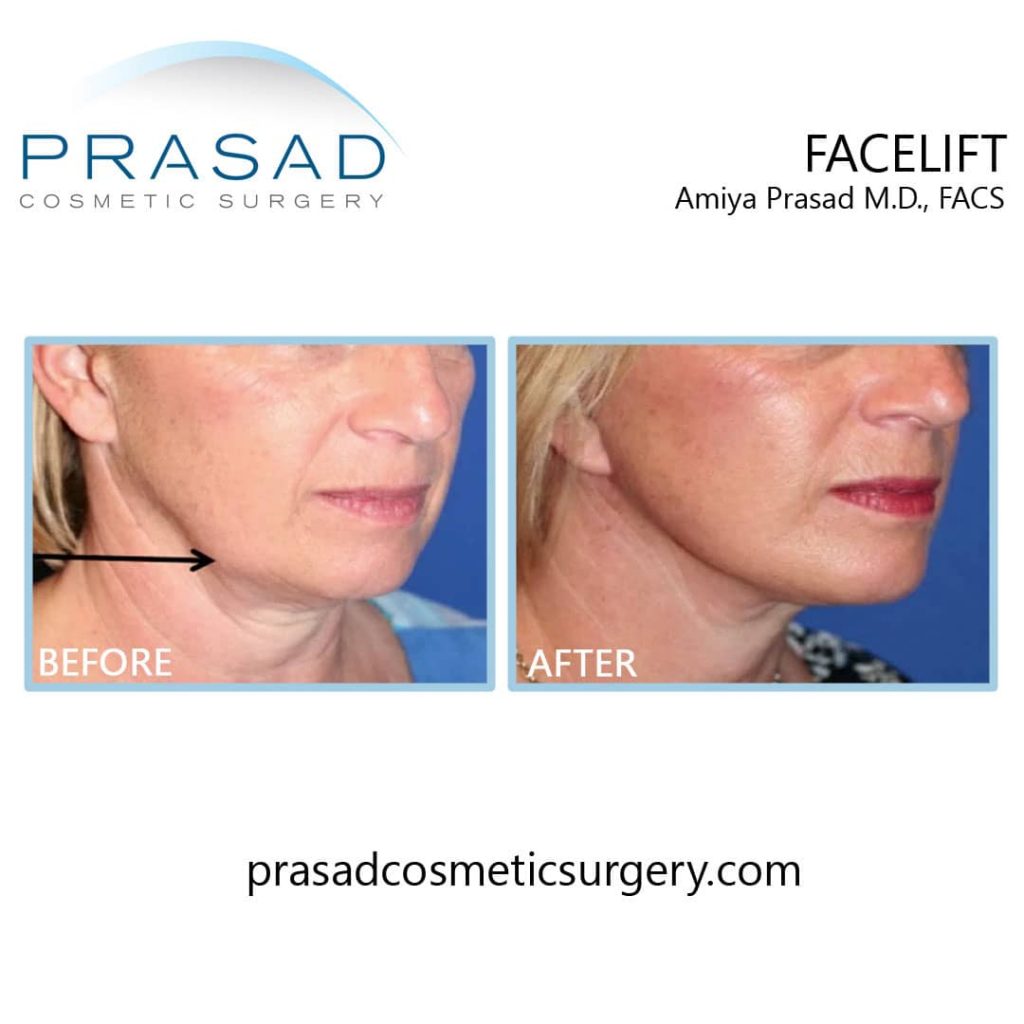
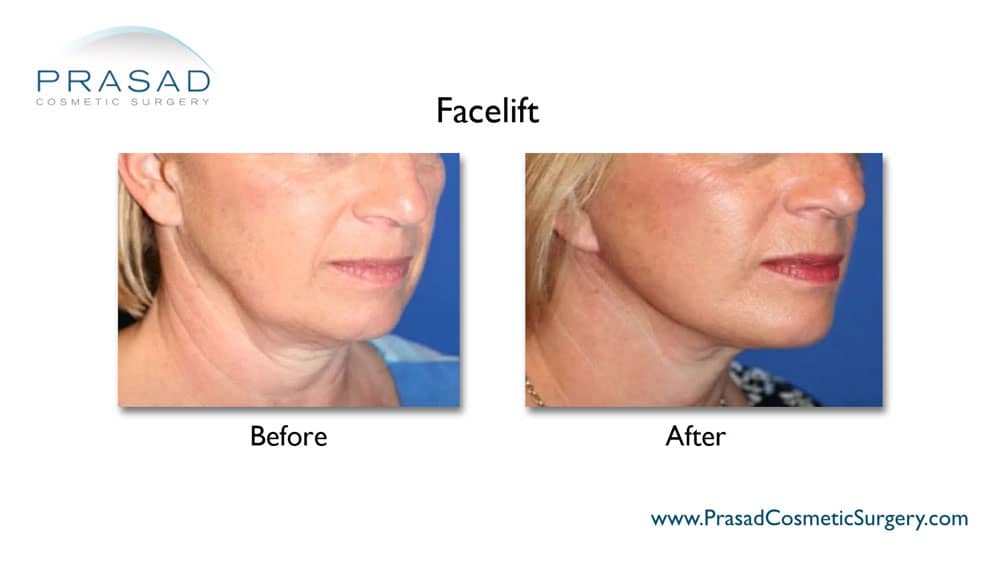
Benefits of Facelift
Surgical lifting can tighten and lift the muscle, and soft tissue layer, resulting in visibly superior results in looking younger, and ensuring that results last longer than simply treating the skin layer. Facelift procedures do not address every aging issue, and additional treatments are required for volume augmentation, and skin quality maintenance.
While surgical face lifting and laser treatment options are frequently regarded as the first treatments for facial aging, a significant aspect of facial aging is frequently overlooked. The foundation of the face is bone, and the most noticeable effect on facial appearance is bone loss. This loss of volume throughout the face, particularly in the cheeks, causes the facial structure to shrink, and the face to appear deflated. Skin appears to sag when there is less facial volume to support it. A technique known as Structural Volumizing can be used to treat facial volume loss without surgery.
Non-Surgical Facelift Alternative
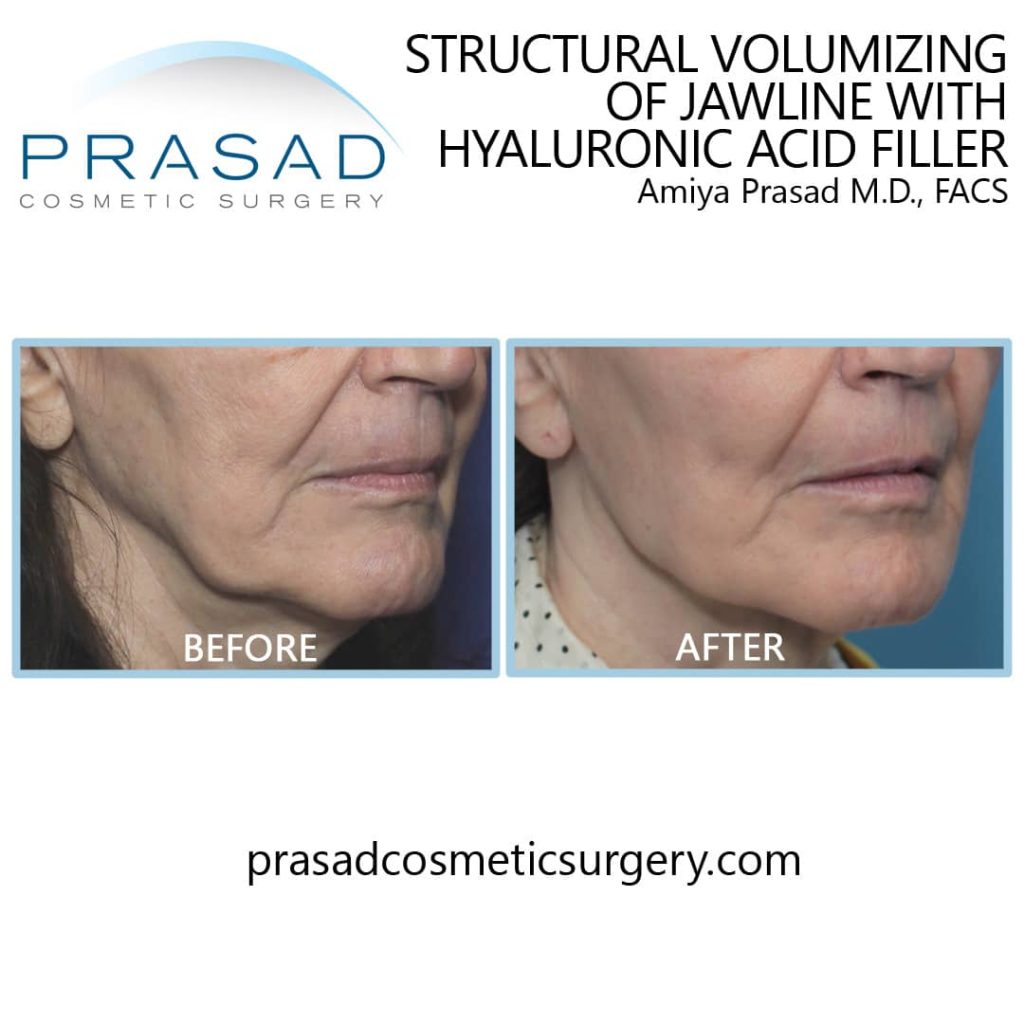
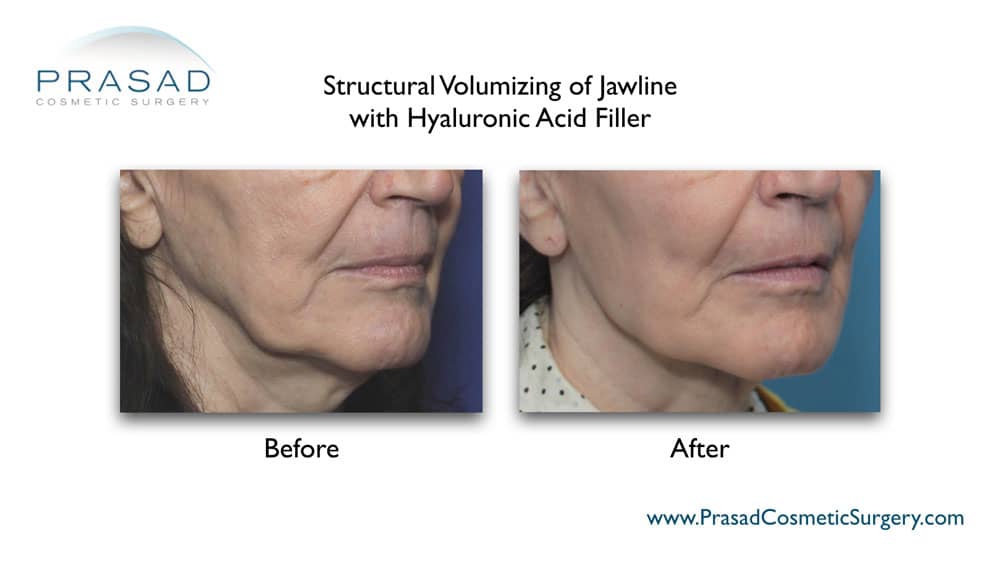
We can restore volume and give the face more definition by placing thicker, longer-lasting fillers deeper than traditional filler placement, at the foundational bone level. Since the volume is placed at the bone level, and held in place by the muscle layer, the filler does not migrate as it does when placed just below the skin (which is typical). I believe that Structural Volumizing will have a much greater benefit to the majority of people who are trying to tighten and lift their skin without surgery than heating the skin to shrink-wrap their way to a more attractive appearance. A youthful face has volume and definition, as well as a soft and radiant glow. You define the solution by defining the problem.
Facial Laser Treatment in Manhattan New York & Garden City Long Island
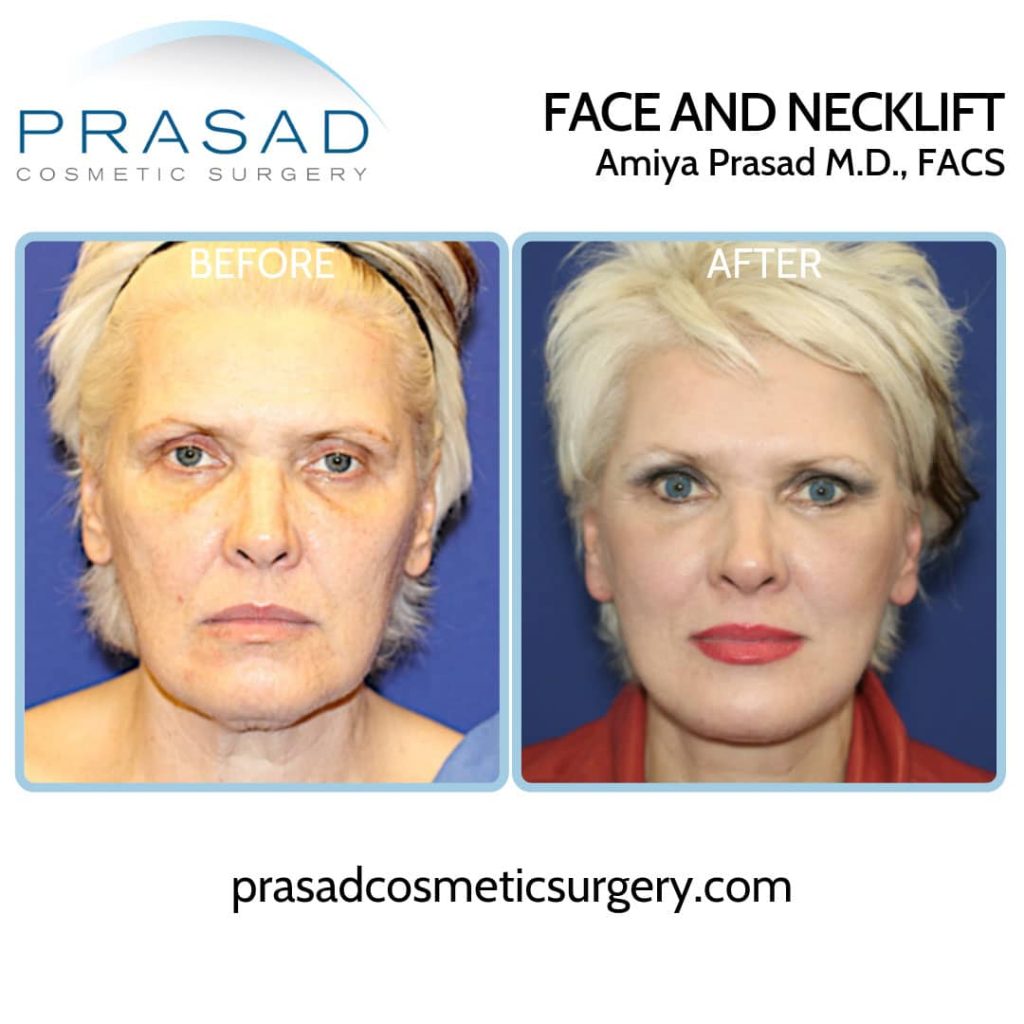
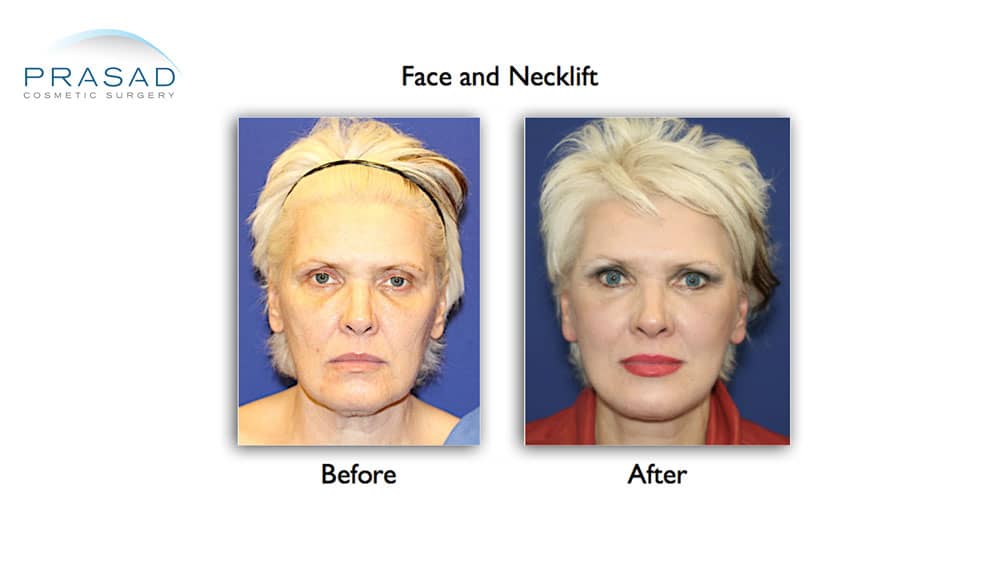
When treating facial aging from the inside out, volume provides structure, and the skin can be treated with lower energy non-ablative lasers, PRP, and gentle epidermis treatments. People often request the latest overhyped heating device. I provide more impressive results in 15 minutes with Structural Volumizing using long lasting hyaluronic acid fillers than any shrink-wrapping heat technology could ever produce, after educating them about bone loss.
